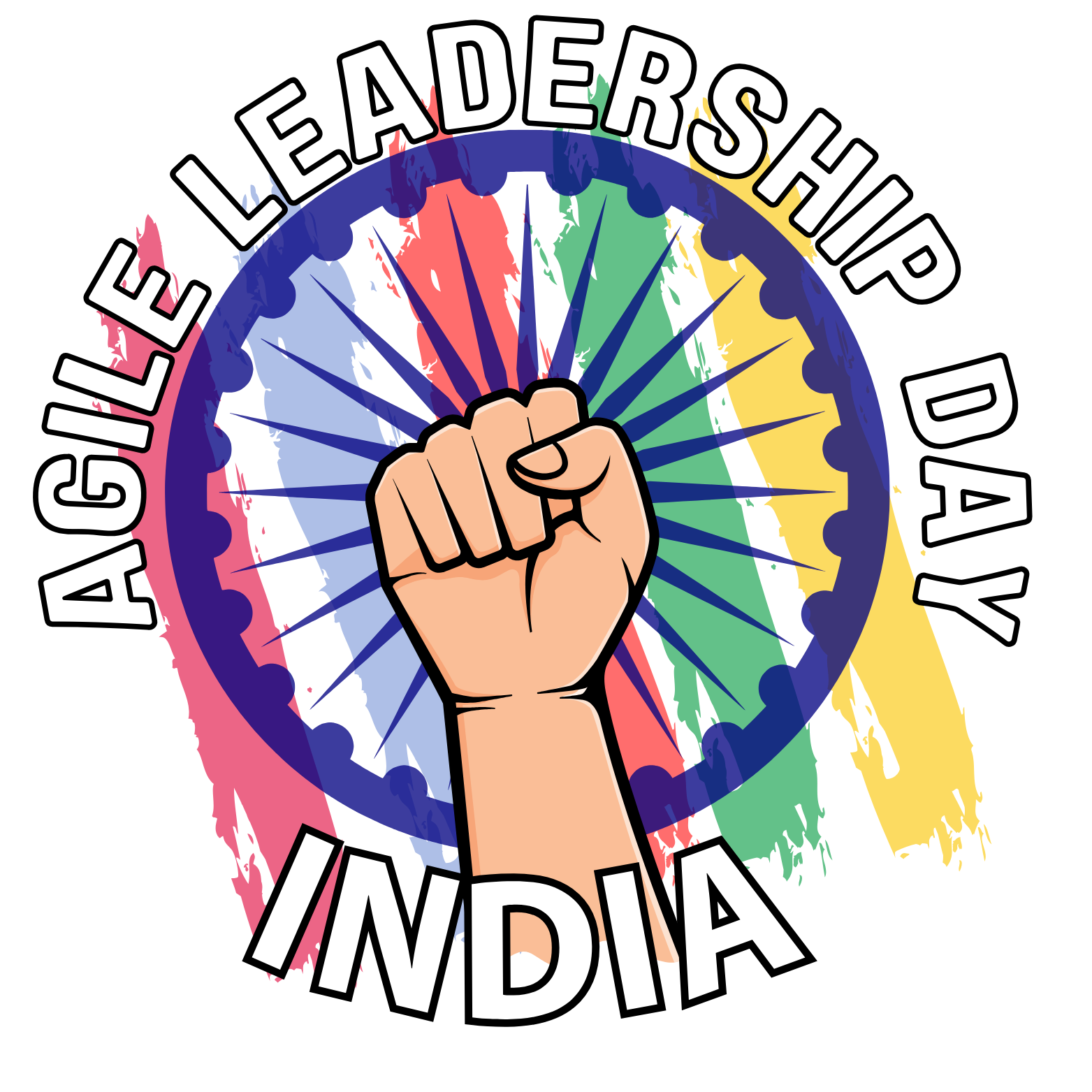5 Surprising Truths About Kirby Air Riders: The Cult Classic Sequel
In 2025, Nintendo is set to release Kirby Air Riders, a sequel to a 20-year-old GameCube game that many remember for its famously simple controls, if they remember it at all. The original, Kirby Air Ride, was often overshadowed by contemporaries like Mario Kart: Double Dash and F-Zero GX, earning "mixed or average" reviews from critics who found its core racing gameplay overly simplistic.
This raises a fascinating question: Why is a sequel to a game that, while profitable, was never a blockbuster and was critically overshadowed by its peers generating so much excitement two decades later? The answer is that the hype isn't just nostalgia. The original Kirby Air Ride was far more than a simple racing game, and its strange, beloved legacy reveals some surprising truths about gaming, fandom, and the creative genius behind it all. This is a story of vindication.
1. It Was a Chaotic Party Game in Disguise
While Kirby Air Ride was marketed as a racer with traditional "Air Ride" and "Top Ride" modes, its devoted cult following developed almost entirely because of its third, genre-defying mode: City Trial—what fans universally agree was the game's true main attraction.
The gameplay of City Trial unfolds in two distinct phases. First, players are dropped into a sprawling open-world city for a timed scavenger hunt, searching for a vehicle and collecting upgrades to boost stats like speed, offense, and defense. This phase is punctuated by random, chaotic events like meteor showers or UFO appearances that draw all the players together.
The second phase throws players into a randomized competition based on the stats they've built, which could be anything from a boss battle or a deathmatch to a high-jump contest or a drag race. The sheer amount of variables made it infinitely replayable. One fan perfectly captured the secret to its addictive magic:
"City trial is the only mode most people care about... The sheer amount of variables in city trial makes it the most chaotic game ive played in my 29 years alive... no two rounds are alike. the game never gets old because every match feels like 1 in a million odds."
2. The Sequel Knows Exactly What Fans Wanted
Director Masahiro Sakurai and his team are clearly aware that City Trial was the original's secret weapon. The upcoming sequel, Kirby Air Riders, isn't just bringing the mode back; it unapologetically doubles down on the chaos, making it the centerpiece of the new game.
Nintendo Direct presentations have revealed a suite of new features that build directly on the formula fans adored:
- The player count for City Trial is being increased to a massive 16 players.
- New power-ups are being added, including the "Mega Cannon" that destroys terrain and a "Dizzy Beam" to mess with opponents' controls.
- A new "Team Battles" mode will split players into two teams of six who must share collected parts to build legendary vehicles.
- For those who just want to explore, a "Free Run mode" will allow players to roam the city of Skyah without a time limit.
As if to cement their commitment, the sequel is also adding entirely new experiences built from City Trial's DNA. The most significant is Road Trip, a brand new story mode that sees players embark on a cross-country journey, completing a series of races and challenges. This isn't just a sequel; it's a full-fledged evolution of the concepts that made the original a legend. To see similar great sequels, check out our list of Best Nintendo Sequels.

3. Don't Underestimate the Pink Puffball
Expanding on a beloved mode is a huge financial gamble. So why is Nintendo willing to bet big on a sequel to a 20-year-old game that was never a smash hit? Because the character fronting the game is anything but underestimated.
The decision to greenlight a big-budget sequel becomes commercially obvious when one considers the surprising market power of the Kirby IP itself. It might seem strange for a niche racer to get this treatment, but the Kirby franchise is an absolute commercial powerhouse, particularly in Japan. According to fans familiar with the Japanese market, Kirby is considered one of the "big 4 Nintendo franchises" and "rakes in the cash with merchandise in a similar way to Pokemon."
The character's enduring power comes down to the simple brilliance of its design, which allows it to be both universally appealing and endlessly marketable. This simplicity is not a flaw; it's a feature, as one commenter perfectly articulated:
"bro its just a circle with eyes" EXACTLY. IT'S JUST A CIRCLE WITH EYES. It's fking adorable yet so simply formed that you can slap it on anything or dress it up as anything and it'll still be undeniably "Kirby."
4. The "Sakurai Touch" is Real
At the helm is Masahiro Sakurai, the creator of Kirby and director of both the original Air Ride and the new Air Riders. For fans, his name alone is a guarantee of quality. Sakurai has a reputation as a uniquely hands-on and detail-oriented director whose games feel "absurdly polished" because he is personally involved in almost every step of the process.
Sakurai is a creator who famously walked away from his position at HAL Laboratory, citing the immense pressure to constantly create sequels. The fact that he not only returned to direct this specific sequel but is doing so with his personal studio, Sora Ltd., is the ultimate testament to the project's creative potential. It suggests he sees an opportunity not just to iterate, but to perfect a passion project that was misunderstood two decades ago. With Sora Ltd. co-developing the game alongside Bandai Namco Studios, fans can be assured of his direct and meticulous creative involvement.

5. Its Development Was a Wild Ride
The original Kirby Air Ride's journey to cult classic status is made even more fascinating by its convoluted development history. The game didn't start its life on the GameCube; it was originally planned as one of the first titles for the Nintendo 64 and went through several radical conceptual changes before being temporarily cancelled.
Over its long and troubled development, the project took on many different forms, including:
- A Marble Madness-style game called Kirby Bowl 64.
- A snowboarding racing concept.
- A version that more closely resembled a skateboarding simulator.
The project was eventually shelved before being revived and completely reworked for the GameCube. This messy, near-failure of a development cycle makes the sequel's focused, fan-centric design feel all the more deliberate and triumphant.
A Legacy Vindicated
The journey of Kirby Air Ride from a misunderstood racer with a chaotic secret to a highly anticipated, big-budget sequel is one of modern gaming's most compelling stories. Two decades ago, its most brilliant ideas were overlooked by many. Today, those same ideas are the foundation of a major release, championed by its original visionary creator. The existence of Kirby Air Riders is more than just a welcome surprise; it is a victory for passionate fandoms that keep the flame alive for forgotten gems. It’s proof that sometimes, the strangest and most chaotic ideas aren't failures in the making, but legends waiting for their time to shine.




